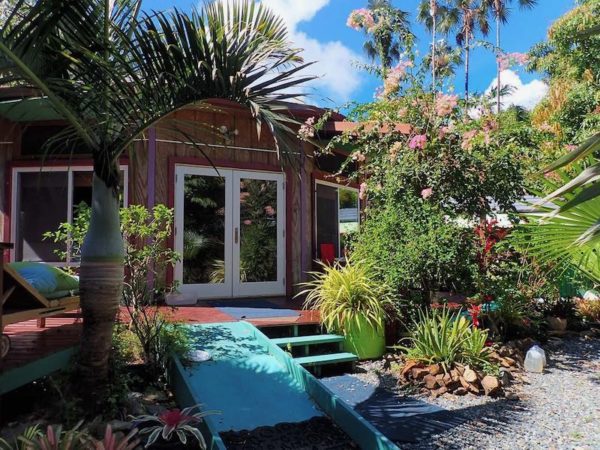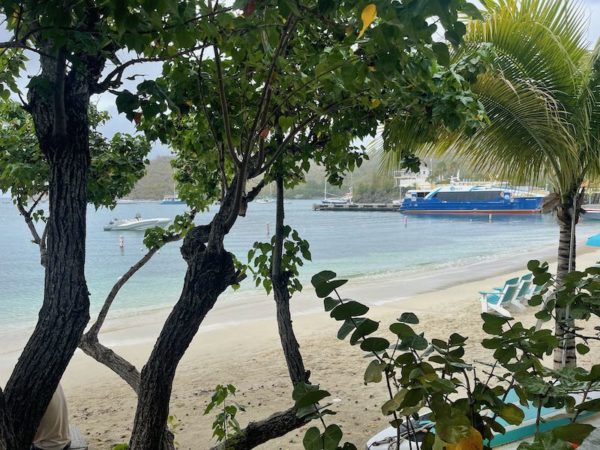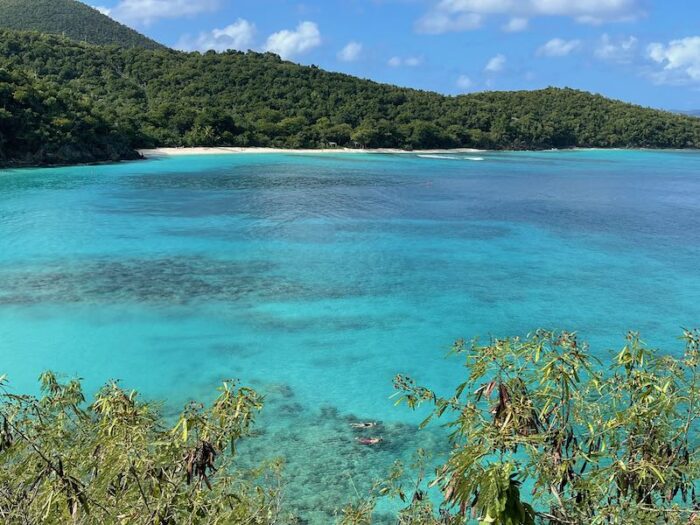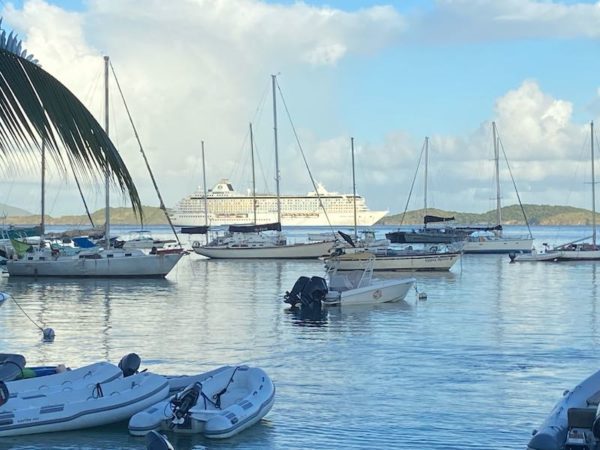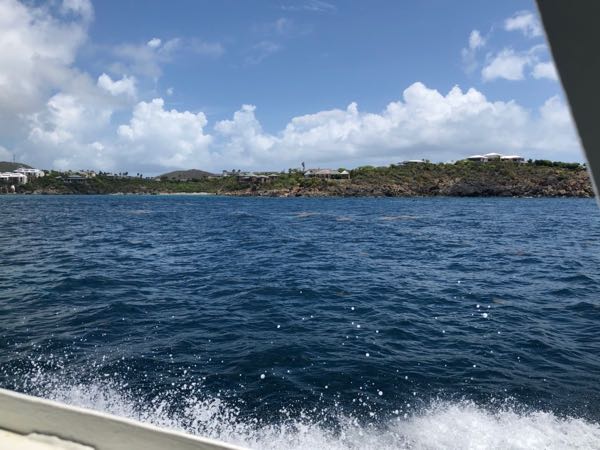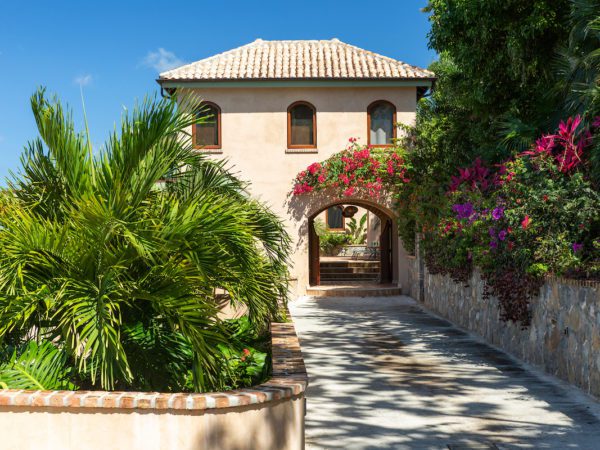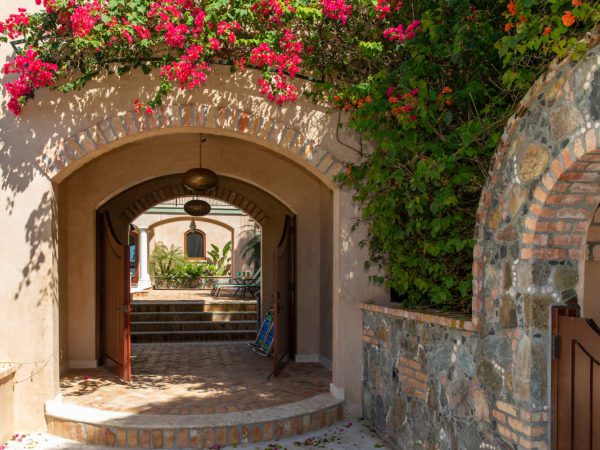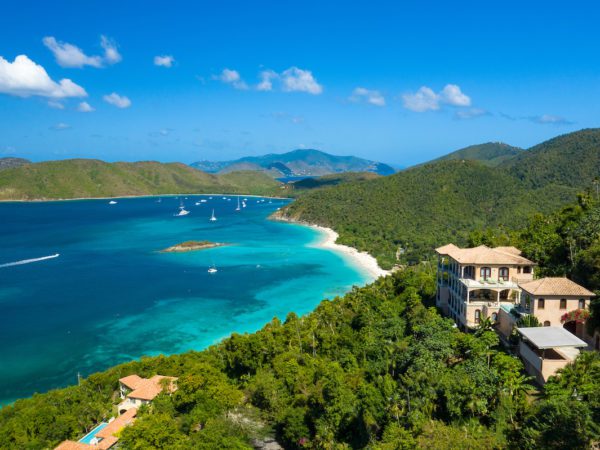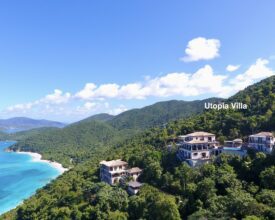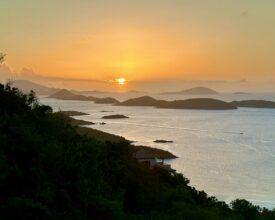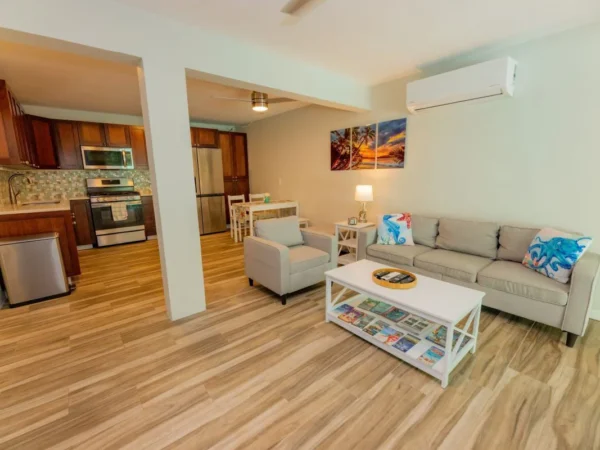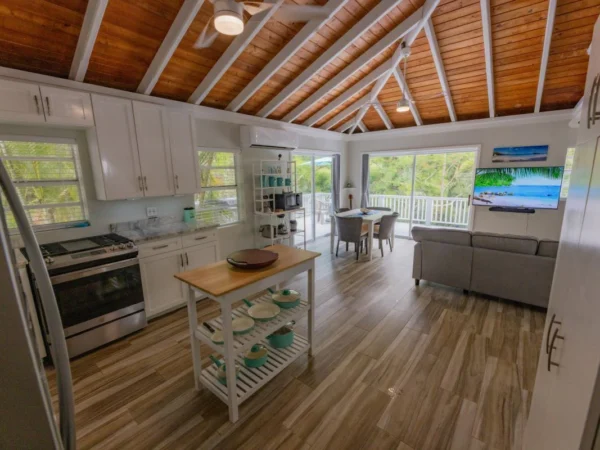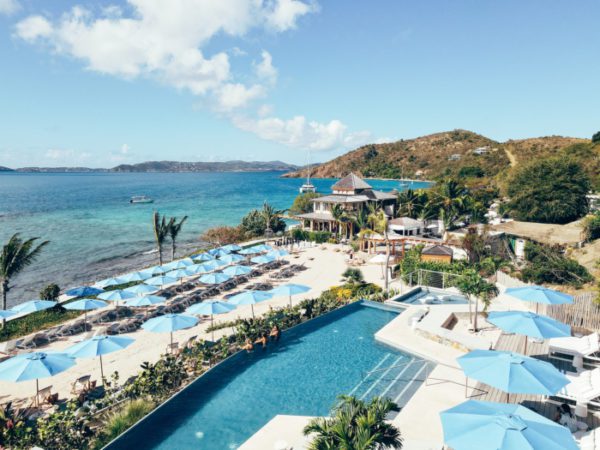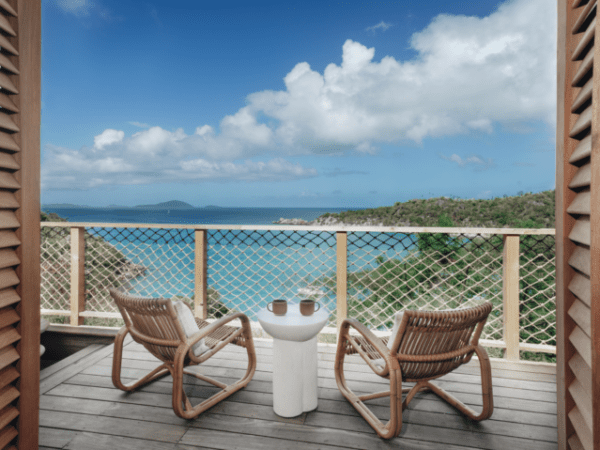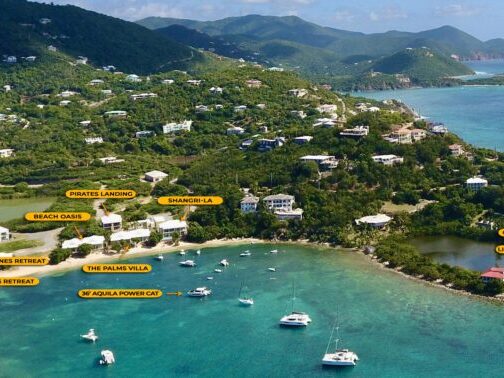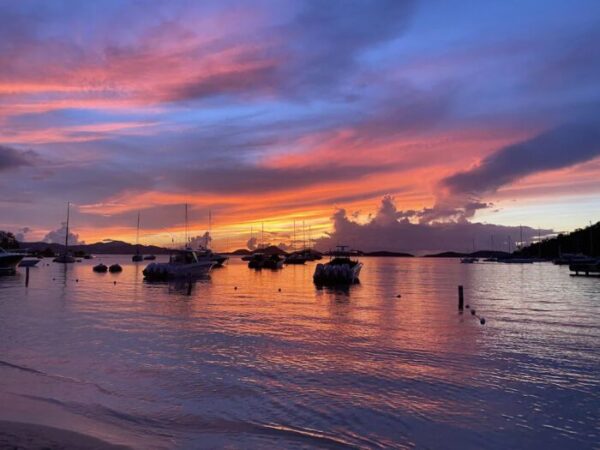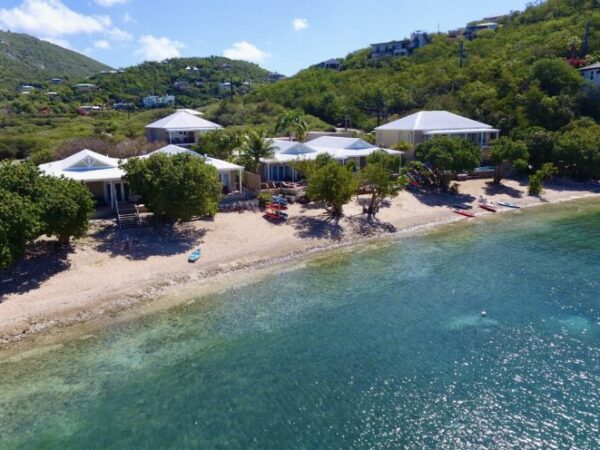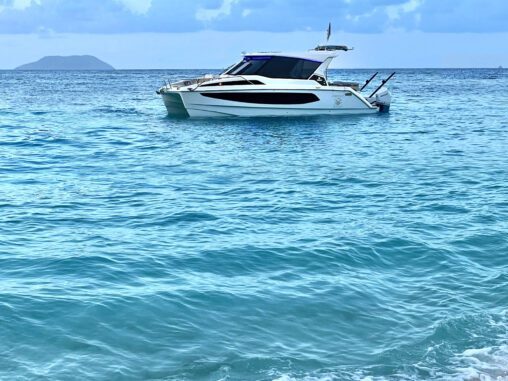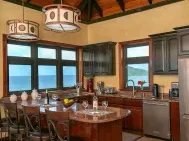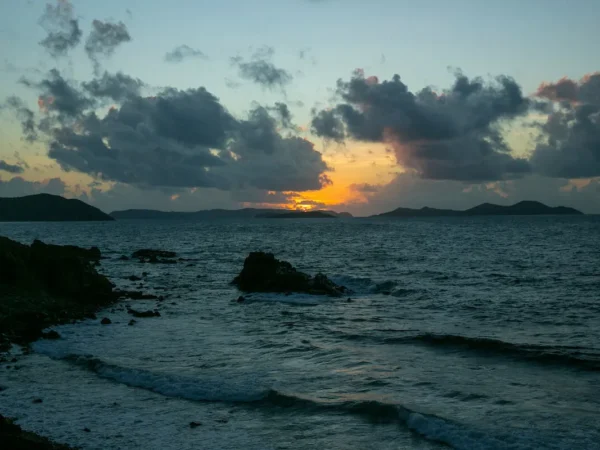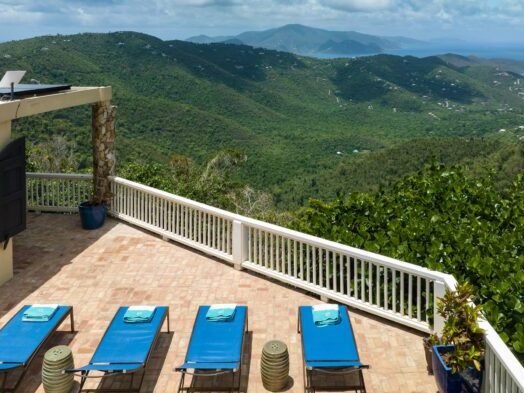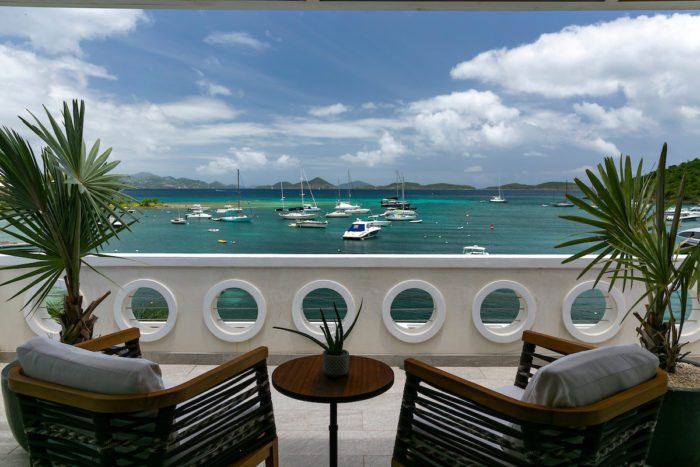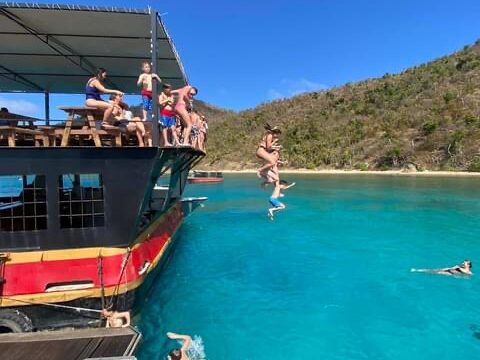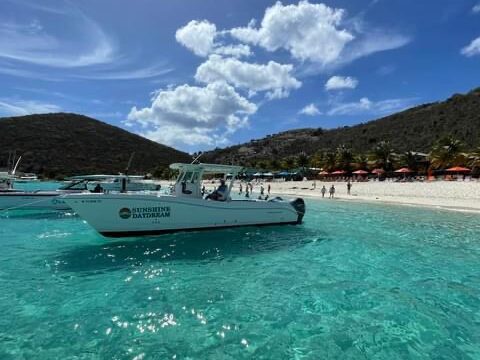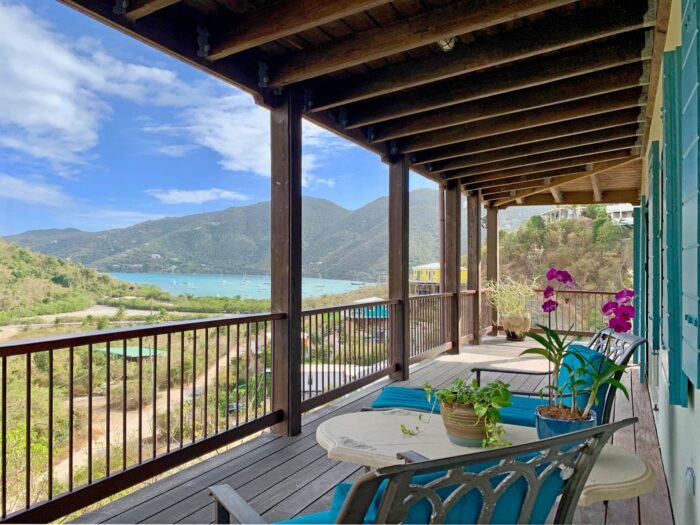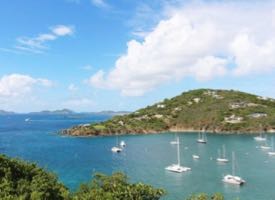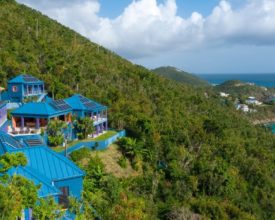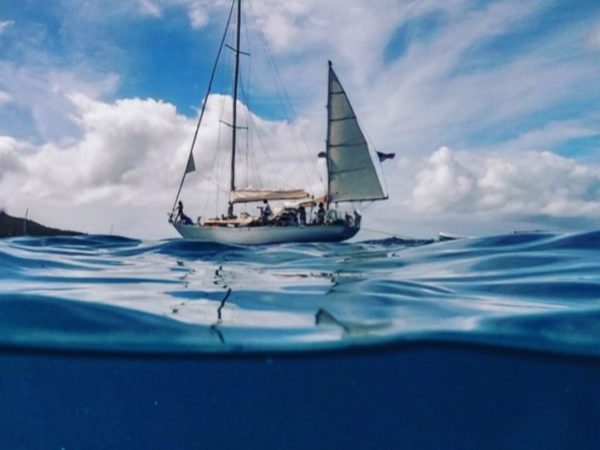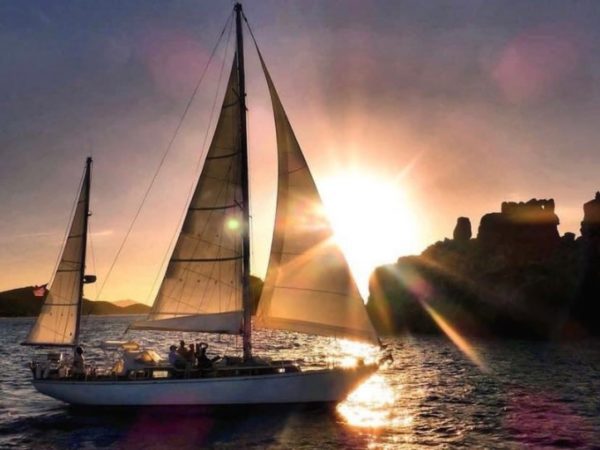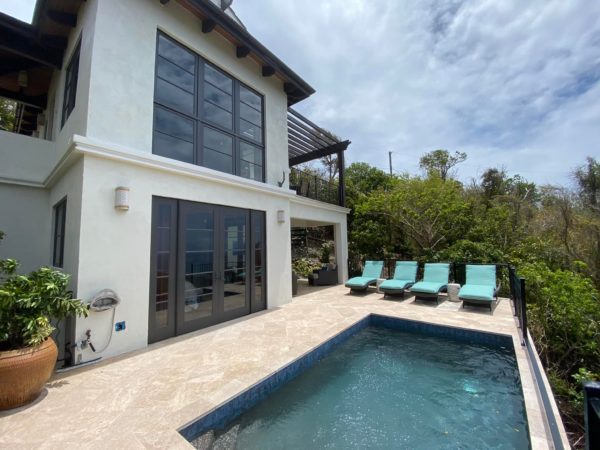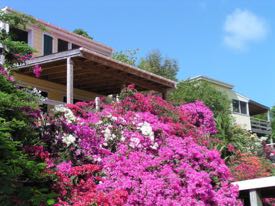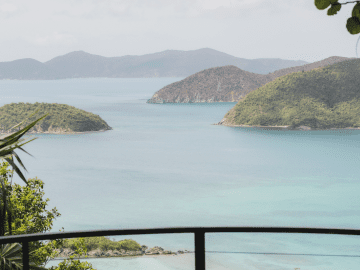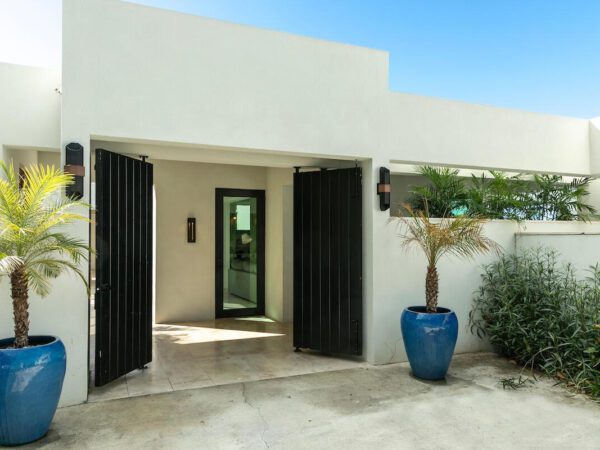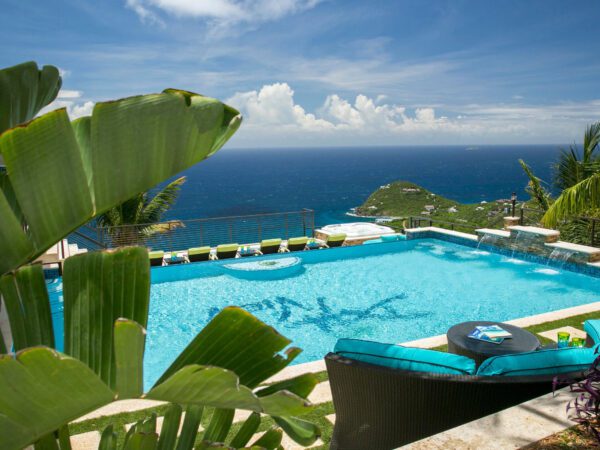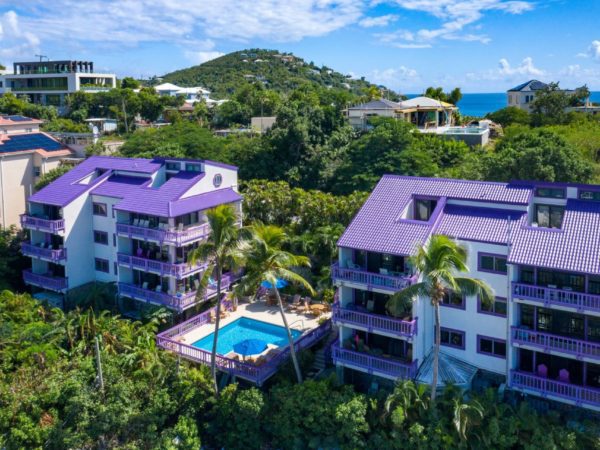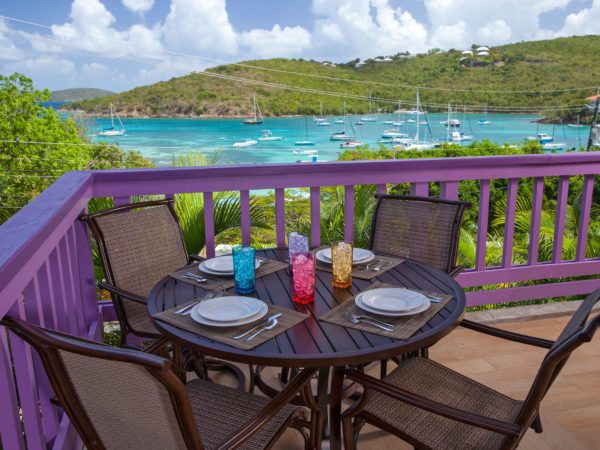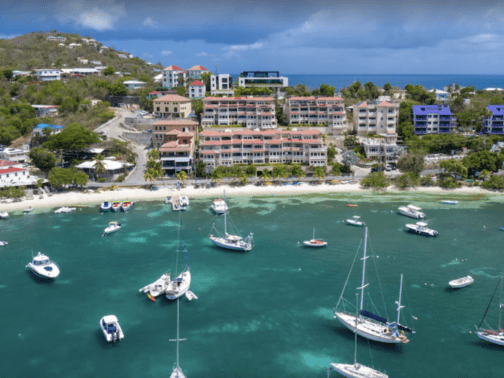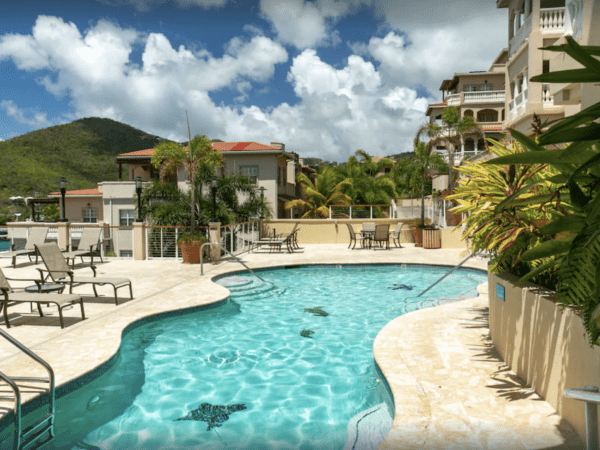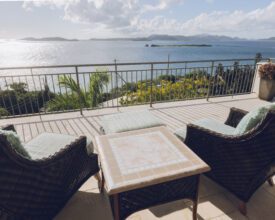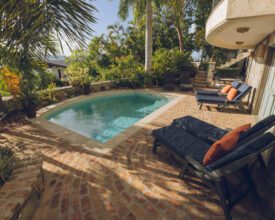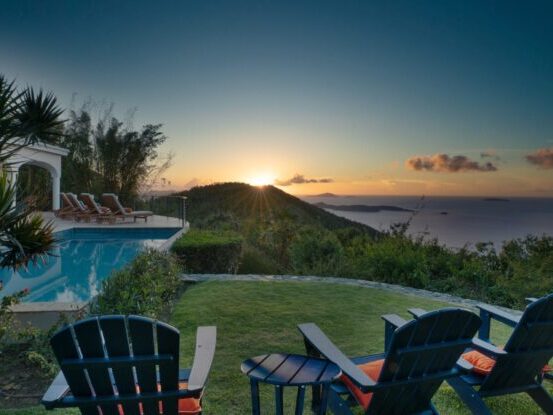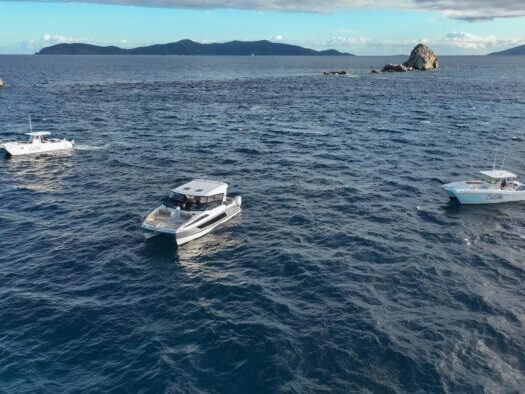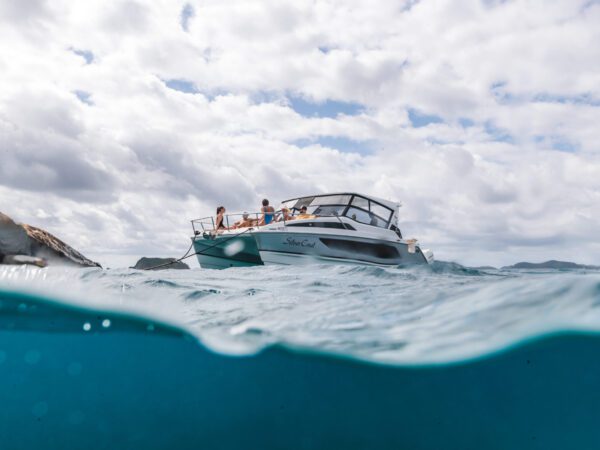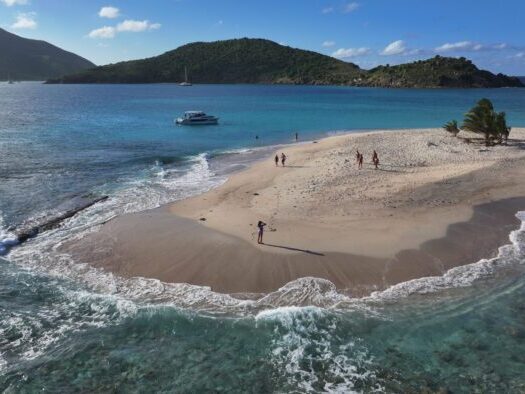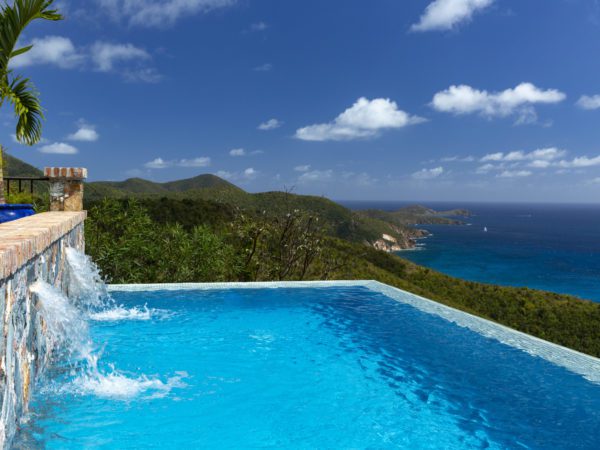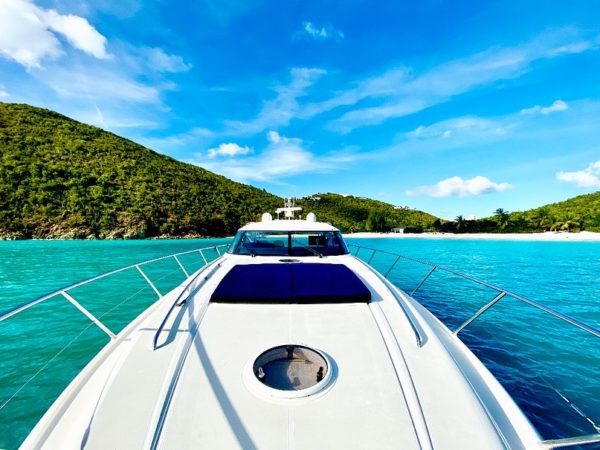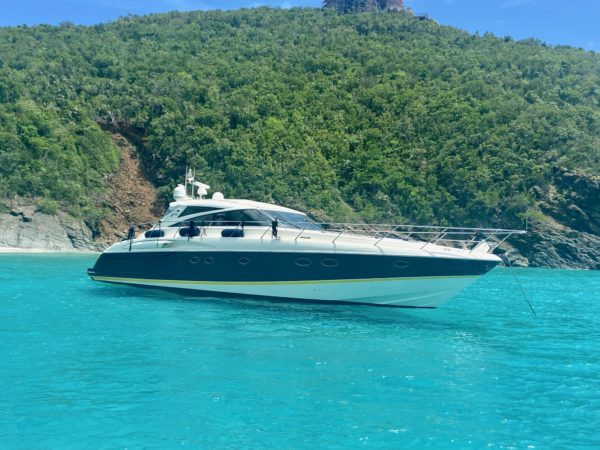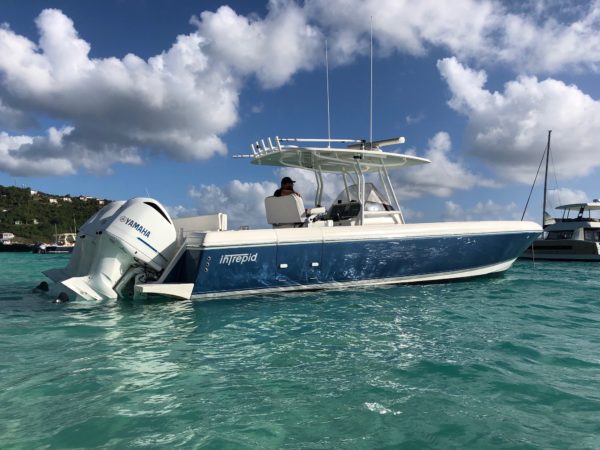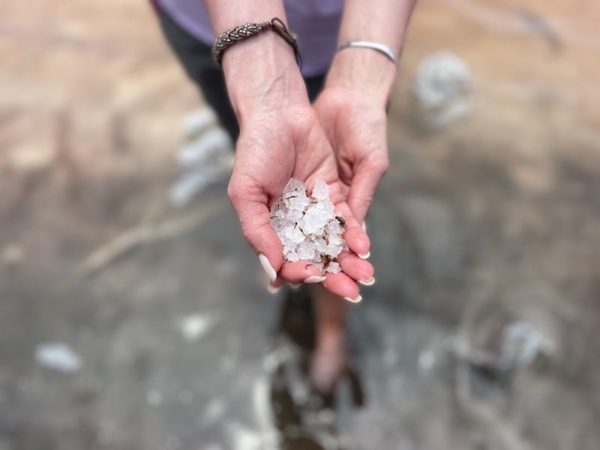
Hi all, this is Jenn with Explore STJ Island Tours. I did something super cool yesterday, and Hillary has graciously allowed me to share it with all of you!
Ok, now let’s set the scene… I was having lunch at the Beach Bar Monday afternoon when Robin, one of the owners of The Terrace restaurant, came over to chat. He was holding a bag filled with small Tupperware containers. “Have you been down to Salt Pond to get some salt,” he asked me. “WHAT??!!!” I responded with excitement!
You see, it’s not often that any of our salt ponds here on St. John produce salt. The last time that this particular salt pond produced a large amount of salt was back in 2015. (Click here to read the story I wrote about this back then.) So when this happens, those of us living here on island tend to get very excited. 🙂
Now when I refer to a salt pond, I do not mean Salt Pond bay, which is the beautiful, blue bay beyond Coral Bay and Miss Lucy’s. I am referring to an actual salt pond, which is typically a brown or almost a coppery color. The salt pond that is currently producing salt is located right next to Salt Pond bay. Confusing, I know. 🙂
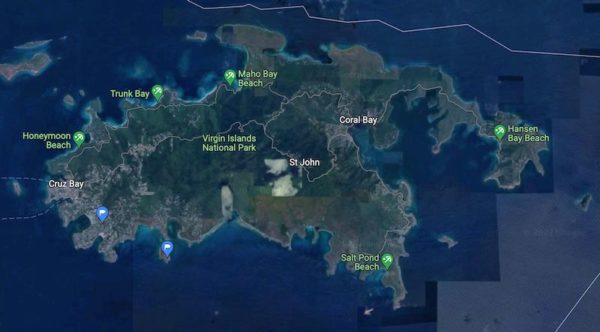
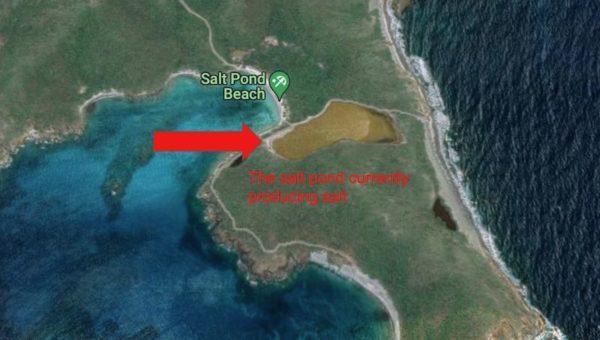
Now you may be wondering what makes a salt pond. You may also be wondering what makes it produce salt every then and again. Admittedly, I am not a salt expert, so I am going to defer to Mr. Gerald Singer, author of St. John Off the Beaten Path:
Because of its location on this arid and windswept part of the island, Salt Pond is the most likely place to find 100% natural St. John sea salt – no fat, no carbs, no cholesterol, no preservatives.
How Does the Salt Get There?
Saltwater enters the pond from the sea by seepage at high tides and by waves breaking over the surface during storms. Salt Pond is one of the only places on St. John that is below sea level. This condition prevents significant amounts of pond water from flowing back out to sea. Constant, intense sunlight and ever-present trade winds encourage an exceptionally high rate of evaporation. When rain is scarce, the water becomes extremely salty. Water can only hold a certain amount of salt in solution and when the salinity of the pond reaches that point, the salt crystallizes.
As the water level continues to drop, and more and more water is evaporated, a layer of salt is left along the edges of the pond. The longer the dry period, the higher the temperature, and the stronger the winds, the more this salt layer will extend towards the center of the pond and the thicker the layer becomes.
You can collect salt during these times by scooping up the salt with your hands, if it is still wet and soft. If the salt layer is dry and hard, use a knife or other sharp tool. (If you’ve forgotten to bring a container, just walk over to nearby Drunk Bay where there is a great deal of flotsam, and you’ll probably find something you can use.)
After the salt is collected, drain off as much water as possible and put it in the sun to dry further. You may be left with fine powdery salt, which you can enjoy on your food immediately or, if the dried crystals are large, you will first need to grind them up or pound them out.
The salt obtained from salt ponds is particularly tasty and healthy, containing all the minerals that are present in the sea, which include all those essential to the human body. So during the next dry spell, take the trail to St. John’s best salt pond for collecting salt and bring some back home.
Pretty amazing stuff, isn’t it??!!
Here are a couple of pics I took Wednesday morning…
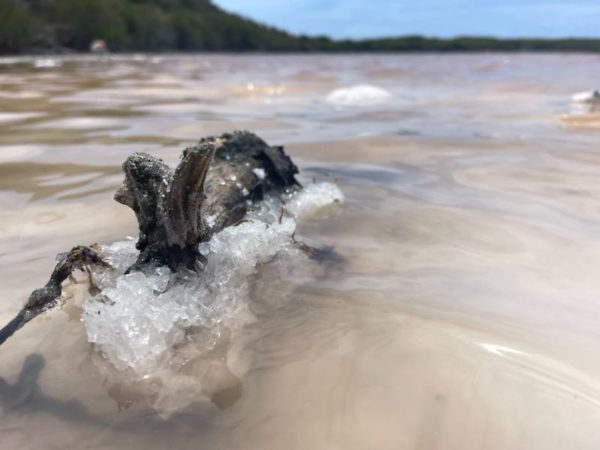
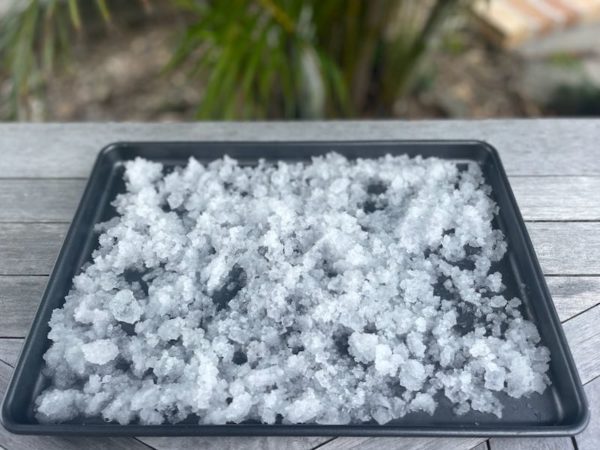
I reached out to the Virgin Islands National Park just to be certain that harvesting salt is allowed. It is, as long as it’s for personal use only, the superintendent said. 🙂
Afternoon article addition: The salt is on the edge of the pond. You do not need to walk into the salt pond to harvest it.
So if you are lucky enough to be on island, be sure to stop by salt pond to harvest some sea salt. It probably won’t be there long, so it’s best to go sooner than later.
Not on island but planning to visit soon? Please consider booking an island tour with me! See the island and learn lots of cool stuff along the way! Please visit www.ExploreSTJ.com for more information. You can also email me at [email protected] or follow me on Facebook at www.facebook.com/explorestj or over on Instagram at @explorestj. Please book early. The island continues to be busy, and things book up fast. 🙂
Happy harvesting!


